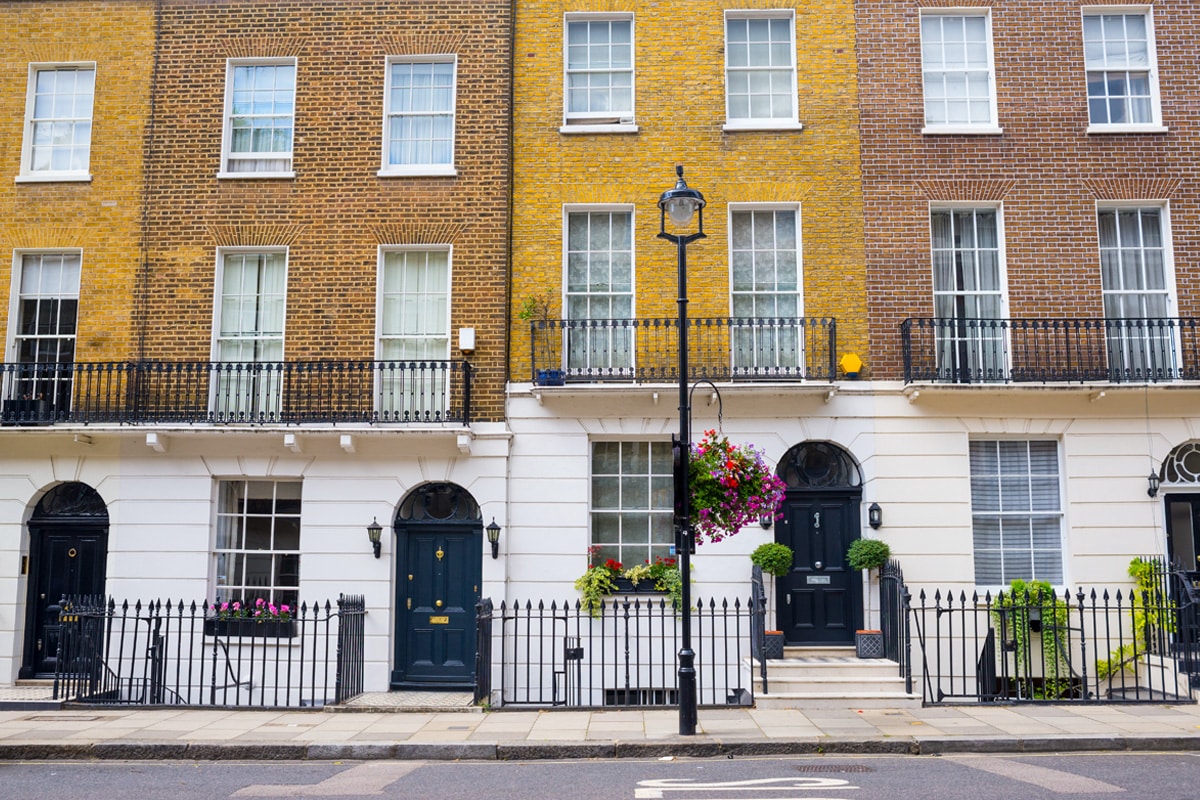The Pros and Cons of Owning a Listed Building: Are Renovations Possible?
A listed building can be an exciting and rewarding property to own. But owning a listed buildings can also present many problems. Here we look at what a listed building is and at the pros and cons of owning one.
What is a Listed Building?
A listed building is a building that is considered to be of special architectural or historic interest and of national importance.
The older a building is the more likely it is to be a listed building. Most buildings built before 1700 which survive in their original condition are likely to be listed. Most buildings built between 1700 and 1850 are likely to be listed. Buildings built since 1945 are less likely to be listed. Buildings less than 30 years old are not normally considered to be of special architectural or historic interest and so are unlikely to be listed.
Listed status may be granted not only to buildings but to things such as battlefields, monuments, parks, gardens, telephone boxes, milestones, shipwrecks and other sites.

Access our selection of exclusive, high-yielding, off-market property deals and a personal consultant to guide you through your options.
Why are Listed Buildings Listed?
Listed buildings are usually listed to help prevent any inappropriate renovations or alterations that could detract from their architectural or historic interest. Listing a building brings it under the control of the planning system in that listed building consent is needed to make many changes to it.
Listed buildings status is not the same as a preservation order. Changes may still be made to listed buildings subject to consent being granted.
Listed buildings are called listed because they are actually added to a list. In England the listed buildings list is the National Heritage List for England or NHLE which is maintained by Historic England. Whether a building is listed or not is decided by the Department for Digital, Culture, Media and Sport (DDCMS).

Types of Listed Building
There are three types of listed building in England:
Grade I buildings are considered to be of exceptional interest. Only 2.5% of all listed buildings are Grade I listed.
Grade II* buildings are particularly important buildings of more than special interest. 5.8% of listed buildings are Grade II* listed.
Grade II buildings are buildings of special interest. 91.7% of all listed buildings are Grade II listed. Most homes that are listed buildings are Grade II listed.
There are an estimated 500,000 listed buildings in England.
Scotland, Wales and Northern Ireland have different systems for granting and categorising listed buildings status, although the principles are similar.
In Scotland, listed buildings are designated as either Category A, B or C. More information about listed buildings in Scotland can be found from Historic Environment Scotland.
More information about listed buildings in Wales can be found from Cadw, the Welsh Government’s historic environment service.
More information about listed buildings in Northern Ireland can be found from NI Direct.
How to find out if a building is listed: You can check whether a property is listed, and what listing it has, by searching the National Heritage List for England or the other relevant national lists of listed buildings.
The Pros of Owning a Listed Building
Owning a listed building can offer several benefits and attractions:
- Living in a listed building can offer a unique and special lifestyle due to their unique and special character. For example, living in a castle, a Tudor farmhouse or a grand Georgian house can be a unique living experience.
- Those who live in listed buildings often say that they very much feel part of history. They enjoy being part of the history and heritage of the nation by living in and conserving a listed building for the future.
- Listed buildings are very often in great town and country locations that are sought after places to live in any case.
- Listed buildings may appreciate in value faster than other properties in the same area. The supply of listed buildings is limited and this can help to push up values. This means listed buildings could make a good long term investment.

The Cons of Owning a Listed Building
Owning a listed building can involve a number of disadvantages, however:
- You may not be able to make any changes to a listed building, or very few changes to a listed building. Renovating, developing or extending a listed building may be difficult or impossible.
-
You are likely to need to obtain listed building consent (or LBC as it may be known) to make many changes to a listed building, where these are allowed at all.
Listed building works which require consent include but are not limited to: Work that alters the internal or external appearance of the building. Extensions. The removal of walls. The replacement of doors and windows. The alteration or removal of fireplaces and staircases. Changing the external colour scheme. Work to outbuildings and gardens/land. Demolishing all or part of a listed building.
-
Whether work on a listed building requires listed building consent is not always a clear cut matter. It may depend not only on what work is done but how it is done and the materials that are used. Work on a listed building may also require planning permission. This includes case where work on a non-listed building would not require planning permission. Listed buildings are also sometimes within conservation areas where work requires approval.
Listed building consent is applied for from the local planning authority. The council should have a conservation officer or similar who can advise on where consent is and is not needed and whether consent is likely to be granted. Historic England, Historic Environment Scotland, Cadw and other organisations with an interest in history or architecture also offer guidance to local authorities.
- Unauthorised work on a listed building may be a criminal offence. The maximum penalty for anyone carrying out the work or causing the work to be carried out is two years imprisonment and/or an unlimited fine.
- Owning a listed building comes with a legal responsibility to conserve and maintain it. Local authorities can issue a repairs notice under Section 115 of the Town and Country Planning Act 1971 if they consider the owner of a listed building is neglecting this responsibility. They can also make a compulsory purchase order in extreme cases.
- Listed buildings may require a lot of maintenance and repair. This is both due to their age and the nature of the materials and techniques that were originally used to build them.
-
Maintenance of a listed building and any work like renovation and extending (if allowed) will be more difficult and more expensive too. This is because specialist skills and specialist building materials may be required.
It may be possible to get grants to help with the cost of repairs and maintenance to listed buildings, however. Historic England is amongst the organisations who may be able to help with grant funding.
- Insurance for listed buildings is generally harder to obtain. Insurance for listed buildings is generally more expensive, due to the higher costs of repairing them. It’s best to take advice from a specialist insurer or broker on the insurance implications of owning a listed building.
-
Listed buildings can be hard to sell if you wish to move. Despite their charms, not everyone wants to live in a listed building because of the disadvantages of owning them.
Owners of listed buildings may also be liable for any unauthorised work that was done on the listed building before they actually owned it. This can also make listed buildings more difficult to sell on.
- Listed buildings are often not very well suited to modern living. Listed buildings may have small, oddly shaped rooms with very low ceilings .... or huge, lofty rooms. They might have very poor insulation and poor energy efficiency which makes them cold in winter and expensive to heat. It might not be possible to carry out work to correct these problems.
In summary, owning a listed building is likely to be more expensive and more difficult than owning a building that isn’t listed, but it is also likely to be more interesting and rewarding too.
